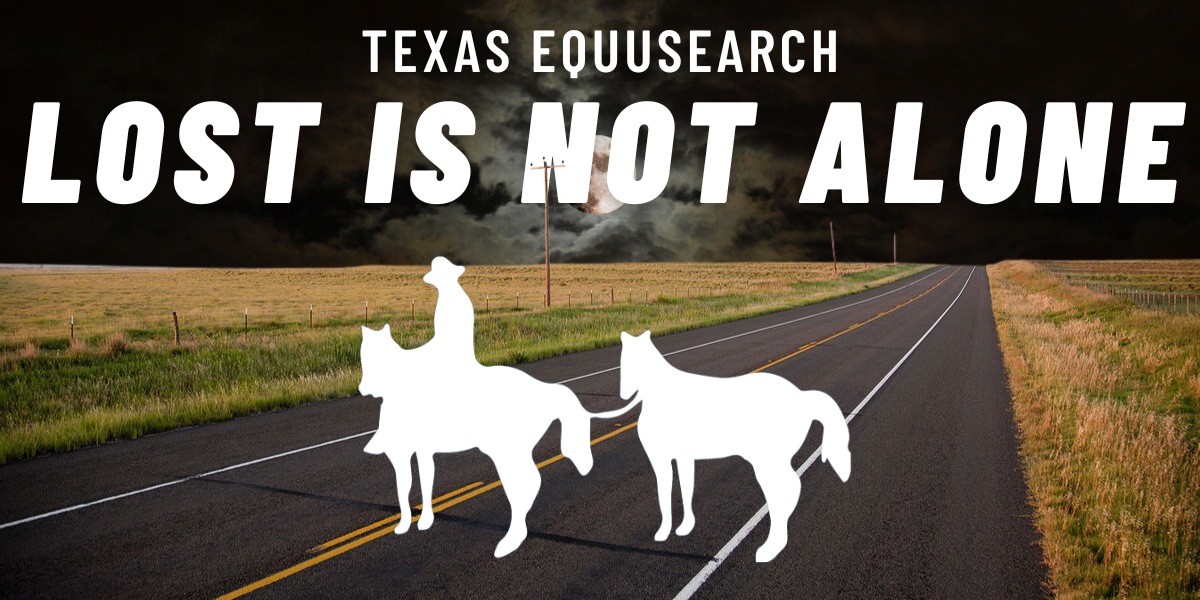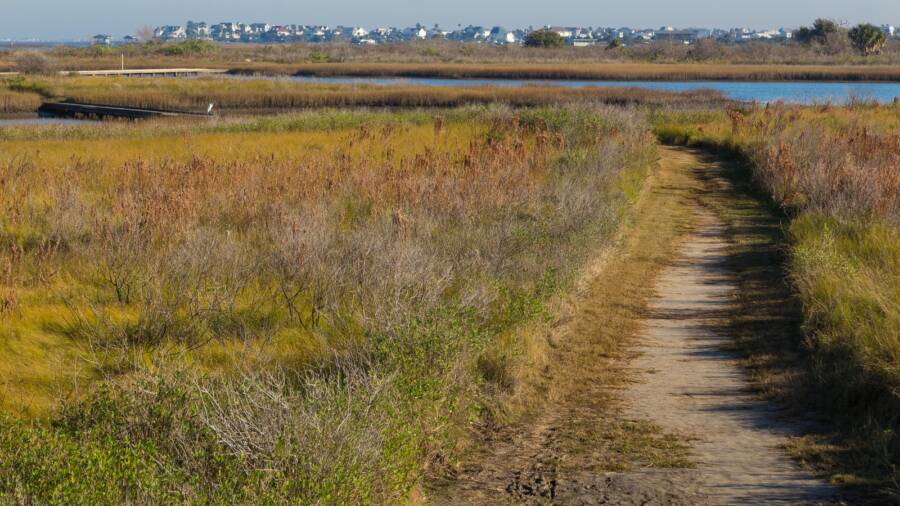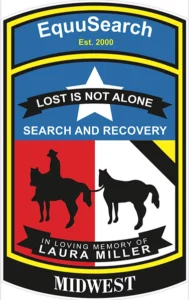By: Emily Froming
Tim Miller, the founder of Texas EquuSearch, knows all too well the heartbreak and trauma families feel when a loved one goes missing.

Texas EquuSearch was founded as a search-and-recovery organization in August of 2000 by Tim Miller. Since their creation, Texas EquuSearch has been powered by volunteers while assisting in thousands of cases throughout the US and abroad, giving some form of resolution to distraught families and closure in many criminal cases.
While the organization has moved mountains to help families, the Miller family’s inspiration came from a heartbreaking story.
Laura Miller, Tim’s daughter, was only 16-years-old when she was abducted on September 10, 1984. She was murdered, and her remains were found over a year later along the interstate connecting Houston, Texas to nearby Galveston.
The area that Laura was found in would later be known as the “Texas Killing Fields” because over 30 other women were found in the same area between the years of 1971 and 2006.
Who killed Laura Miller?

Laura Miller
16-year-old Laura Miller was loving life in 1984. Friends and family say she was an excellent student and pretty popular among her friend group; plus, she had big aspirations for her future.
On the evening of September 10, 1984, Laura asked her mom if she could drive her to a payphone so she could call her boyfriend. When Laura was dropped off, she told her mom that she didn’t need to wait around, and that she intended on walking home after her call.
After just an hour, the Miller family grew worried. Tim knew it was uncharacteristic of her to take so long to return, so he gathered a team of volunteers and began scouring through several local areas in search of his missing daughter. Soon, police were called, but even their involvement didn’t help find Laura.
The Miller family’s panic was exacerbated because Laura had a medical condition that could result in seizures if she didn’t take her medications twice a day.
Laura was gone.
Heartbreakingly, more than a year later, her body was found in a stretch of land that’s notoriously now called the “Texas Killing Fields”. Unfortunately, due to the level of decomposition, the cause of her death could never be established, but one thing was certain — Laura was kidnapped and murdered.
Laura’s case is still unsolved today. However, maybe the location of where her body was found can still provide some insights.
What are the Texas Killing Fields?

Located between Houston and Galveston in the League City region of Texas, a 25-acre stretch of flat land is now notorious for murder. Between the 1970s and 1990s, 33 bodies were found in this area. All of the victims were between the ages of 12 and 25, ans some shared similar physical features, like similar hairstyles.
But, because of the differing victimology and the timespan, it’s believed by criminologists and investigators that the Killing Fields are the work of several serial killers. Until 2019, only two of the victims remain unidentified. Despite the numerous murders, very few have been solved — and those that have been solved were possibly due to confessions given under duress.
In other words, no one knows who the killer or killers are that were leaving bodies in the Killing Fields.
After visiting some of the sites of recovered bodies in League City, Ami Canaan Mann, director of the film Crime Scene: Texas Killing Fields, commented: “You could actually see the refineries that are in the south end of League City. You could see the I-45. But if you yelled, no one would necessarily hear you. And if you ran, there wouldn’t necessarily be anywhere to go.”
If you want to learn more about the Killing Fields, check out the a three-part miniseries on Netflix examining the lives and unsolved murders of several women in the 1970s, 1980s, and 1990s, as well as possible suspects.
What is Texas EquuSearch?
 Originally, Texas EquuSearch (TES) was envisioned as a horse-mounted search service, but has since evolved to allow volunteers to bring any equipment they wish as long as they know how to use it (i.e. ATVs, drones, radar, sonar, and boats) in addition to ground searching. Volunteers are trained on the spot when a search has been called to assist local law enforcement in a lost, missing, or murdered persons case.
Originally, Texas EquuSearch (TES) was envisioned as a horse-mounted search service, but has since evolved to allow volunteers to bring any equipment they wish as long as they know how to use it (i.e. ATVs, drones, radar, sonar, and boats) in addition to ground searching. Volunteers are trained on the spot when a search has been called to assist local law enforcement in a lost, missing, or murdered persons case.
They say their motto, “Lost is Not Alone,” is the sentiment that which each search is based upon.
As of early 2023, TES reports having worked 2,221 cases. Out of those cases, 429 people have been found alive, and 331 people have been found deceased.
TES has also been called in to help with several famous searches within Texas, nationally, and internationally.
Some notable searches that TES has played a role in include the initial search for Natalee Holloway in Aruba, Caylee Anthony’s disappearance in Florida, and, more recently, Vanessa Guillén’s disappearance and murder in Fort Hood, Texas.
Some lesser-known searches the group has helped in are the searches for Brittany Hammond, Amir Jennings, Kelley Brannon, and Brandon Swanson.
How to join Texas EquuSearch
If you live in or near Texas and would love to get involved, we encourage you to check out the TES website at https://texasequusearch.org/.
There, you can find a page on how to join their team. They say: “All you need is a passion to search for the missing.”
If you live outside of Texas, your city, state, or region most likely has a similar volunteer search and rescue organization – Google will be your best friend! For example, there is a Midwest branch of TES that helps search for lost, missing, or murdered persons within the Midwestern United States. More information can be found at https://www.equusearchmidwest.org/.
